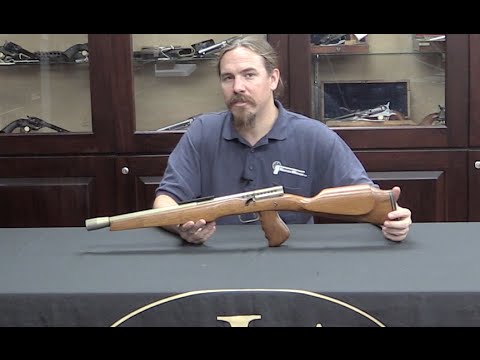Smith & Wesson’s first venture into the autoloading pistol market was done under the leadership of Joe Wesson, Daniel Wesson’s son. He was quite the automatic pistol enthusiast, and made an agreement to license patents of Liege designer Charles Clement for adaptation into a pistol for the US market.
The resulting Model 1913 featured a hinged barrel assembly for easy cleaning and a very light bolt with a mainspring disconnector, so the bolt could be cycled without fighting the recoil spring. It also had both a manual safety and a grip safety. However, its most recognized feature was the use of a proprietary .35 S&W cartridge. Despite the name, this was basically a slightly underpowered .32 ACP with a “half-mantle” bullet – the nose was jackets to prevent deformation while the bearing surface was left unjacketed to reduce barrel wear. While this was potentially quite popular, S&W’s marketing failed to properly exploit it.
The .35 S&W version of the Model 1913 saw production of about 8350 pistols between 1913 and 1921. In 1924 the design was reintroduced in a simplified form. This new model was chambered for the standard .32ACP cartridge form the get-go, and it also abandoned the manual safety and the tip-up barrel system originally licensed from Clement. It failed to gain traction, with less than a thousand guns made, and the last of them not sold until 1937.

At Forgotten Weapons I think the most interesting guns out there are the most obscure ones. I try to search out experimental and prototype weapons and show you how they work, in addition to more conventional guns that you may not have heard of before. You’re much more likely to find a video on the Cei Rigotti or Webley-Fosbery here than an AR or Glock. So, do you want to learn about something new today? Then stick around!





